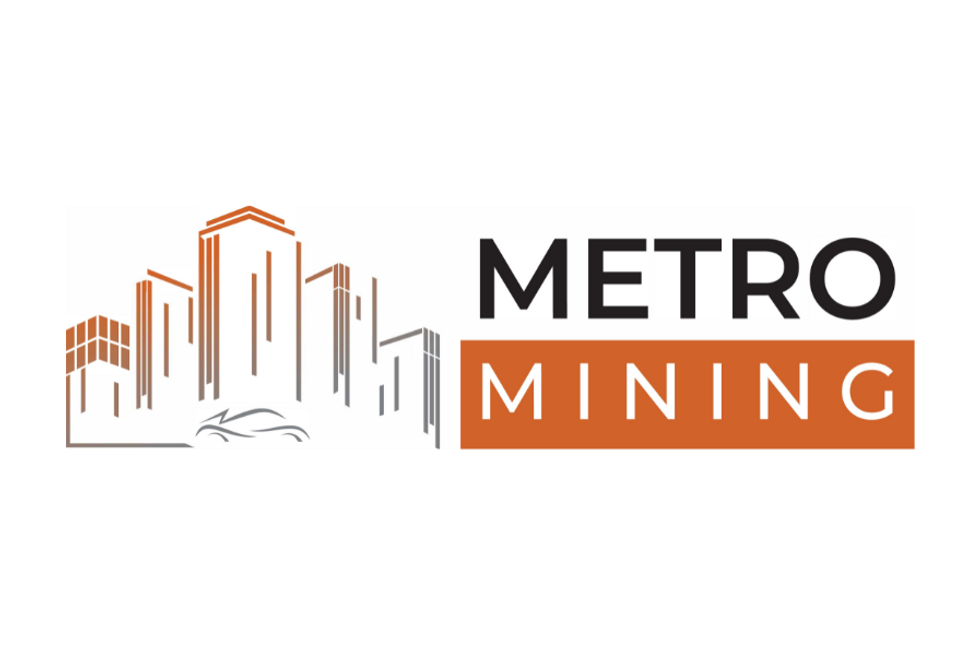Aluminum Outlook 2018: US Trade War with China?

2017 brought a number of surprises for the aluminum market, but what’s the aluminum outlook for 2018? Experts share their thoughts in this overview.
2017 was a “year of surprises for the aluminum market,” according to Ami Shivkar, senior analyst at Wood Mackenzie. “Prices moved to the tune of Chinese government announcements.”
During the year, the government mandated a 30-percent production cut at smelters and refineries in 28 cities to reduce air pollution during the winter months (from November 15 to March 15).
China also permanently took an estimated 3 to 4 million tonnes of annual capacity offline at operations without permits. “The dramatic turnaround in market fundamentals sent LME aluminium prices decisively over the $2,100-per-tonne mark,” Shivkar said.
Benchmark LME aluminum prices gained 23 percent in 2017, reaching a peak of $2,215 in October. That was the highest level seen in over five years.
Even so, there have been doubts about how much impact China’s cuts will have. While the country’s aluminum output fell for the fifth consecutive month in November, with smelter output at the lowest level since February 2015, Eoin Dinsmore of CRU Group recently told Reuters that the winter cuts have not been strictly implemented, with only about 600,000 tonnes of annual capacity being closed.
If China’s full 30-percent target cut was reached, about 3 million tonnes of annual capacity would have come offline.
What’s more, China’s top aluminum producer, China Hongqiao Group (HKEX:1378), said in November that it was considering relocating shuttered plants to other countries. FocusEconomics says this announcement “strengthened investors’ skepticism about the real impact of production cuts in China on overall supply.” As of December 18, LME aluminum was trading at around $2,090.
Aluminum trends 2017: US/China trade tensions
One of 2017’s key aluminum trends was tension between the US and China. In April, the US Commerce Department launched a trade probe to investigate whether Chinese aluminum imports pose a threat to the country’s national security.
Government officials said only one US firm produces the high-purity aluminum used for American combat aircraft. The probe could lead to the US imposing tariffs on aluminum imports.
The US government also launched an anti-dumping, anti-subsidy trade probe on Chinese aluminum alloy sheet imports in late November; it is not part of the pending investigation mentioned above. After the trade case was announced, the share prices of major US aluminum producers Century Aluminum (NASDAQ:CENX) and Alcoa (NYSE:AA) gained, while shares of Aluminum Corporation of China (CHALCO) (SHA:601600) fell.
China’s Ministry of Commerce has expressed its “strong dissatisfaction” with the US government’s anti-dumping probe. China has said the move will harm the aluminum products trade between the two countries and will ultimately hurt both countries’ interests. It added that it will adopt any necessary measures to protect the legal interests of Chinese firms.
From 2000 to the present, China’s share of the global aluminum market has risen from 11 percent to about 53 percent. During the same period, US aluminum production fell by 77 percent, and America’s global aluminum market share dropped from 16 percent to under 2 percent.
Aluminum trends 2017: Supply and demand
Looking at supply and demand, Alcoa said it expects the global aluminum market to be in relative balance for 2017, a change from its Q2 projection of a slight surplus. The company notes that the “improvement is mostly due to planned and actual curtailments in Chinese smelting capacity as well as increased Chinese demand.” Alcoa is planning a partial restart of its Warrick smelter in Q2 2018, which will increase supply in the US.
In early December, Alf Barrios, CEO of Rio Tinto’s (NYSE:RIO,ASX:RIO,LSE:RIO) aluminium unit, told Bloomberg that China’s packaging firms are shifting from glass to aluminum for beer and soft drinks.
He added that Rio expects aluminum demand to rise by 4 percent per year for the next five years, but has not yet factored in the additional benefits from electric vehicle (EV) production. Barrios explained that EVs generally require more aluminum than conventional vehicles.
Citigroup (NYSE:C) notes that global refined aluminum consumption is forecast to grow by 3 to 4 percent annually in 2018 and 2019. According to the firm, China’s supply cuts will act as a “long-term game changer,” driving price gains to incentivize capacity coming online elsewhere.
Research and Markets expects aluminum use in the global automotive industry to reach $42.4 billion by 2022, with the Asia Pacific region being the largest consumer.
Aluminum outlook 2018: Price correction coming?
Analysts polled by FocusEconomics see aluminum prices averaging $2,003 in Q4 2018. The maximum forecast provided for the period was $2,300 and the minimum was $1,779.
During the year, there will be a number of factors for investors to watch. One is the US government’s two separate national security investigations into imports of aluminum and steel, which have a January 2018 deadline for recommendations. They are expected to result in a combination of tariffs and quotas on imports from China, and could impact aluminum prices.
Shivkar noted that Shanghai Futures Exchange aluminum stocks are still at “record highs,” and added that China could ramp up aluminum production after the winter period ends in mid-March.
“[The] new capacity additions and restarts could be a catalyst for a correction in the aluminium prices. But a correction — not a price collapse,” she said. According to Shivkar, “capacity controls, environment and consolidation will be the key themes to watch out for in 2018.”
Don’t forget to follow us @INN_Resource for real-time news updates!
Securities Disclosure: I, Melissa Shaw, hold no direct investment interest in any company mentioned in this article.
Editorial Disclosure: The Investing News Network does not guarantee the accuracy or thoroughness of the information reported in the interviews it conducts. The opinions expressed in these interviews do not reflect the opinions of the Investing News Network and do not constitute investment advice. All readers are encouraged to perform their own due diligence.
